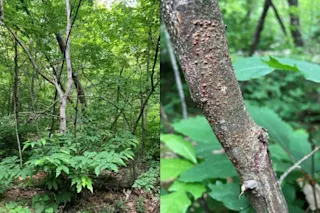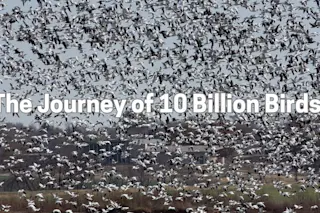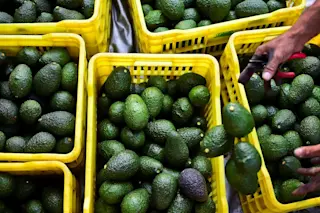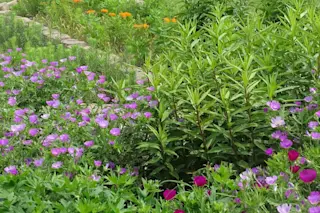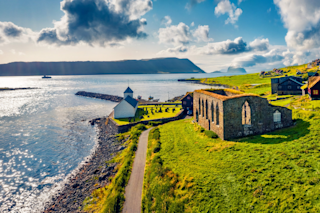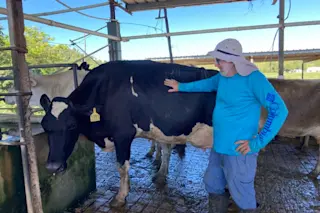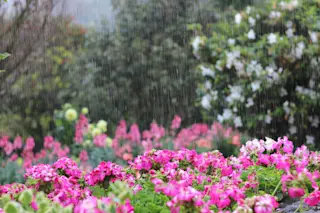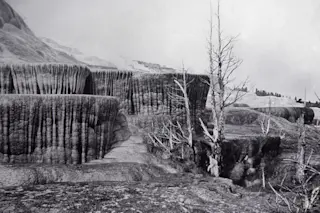Many people working in the global sustainability arena tend to be focused on one of two knotty issues: 1) climate change or 2) food security. The former is devilish because we have to figure out how to power the developing world while reducing our overall carbon footprint. The latter is also complex because we have to figure out how to feed billions more people in the coming decades while reducing our overall agricultural footprint. Some brainy wonks are fairly pessimistic about climate change being meaningfully dealt with anytime soon--if at all. If this proves true, let's hope that the worst case scenarios don't play out. As for agriculture, there's a widely held belief that growing demand for food will require ever more cropland, resulting in devastating ecological consequences. But perhaps this future is not as certain as some think. Jon Fisher, a researcher at the Nature Conservancy, recently dug into a trove of agricultural data and was pleasantly surprised by what he found (his emphasis):
Slash and burn agriculture. Palm oil plantations. Deforestation in the Amazon. The environmental news about the natural habitat being converted to agriculture has been pretty grim. When you consider that we will need 70% more food by 2050 (assuming that we don’t make serious progress in reducing waste, slowing population growth, or halting the increase in consumption of animal products, FAO 2011) it’s hard to feel hopeful about the future. Without improving yields, that 70% increase in food would require over 34,000,000 km^2 of new farmland and ranches to be created, an area larger than the entire continent of Africa (FAO 2014). That’s why I was surprised to find what appears to be good news lurking in global data (from the U.N. Food and Agriculture Organization, FAO 2014) while I was doing research for a chapter in an upcoming book (Agricultural Resilience: perspectives from ecology and economics – coming from Cambridge University Press later this year). I found that, while the global food supply per person has increased over the last 15 years,
we have simultaneously decreased the total amount of land we’re using to produce it
.
This is not a simple story, as Fisher makes clear in his post. But it is an intriguing new storyline in the larger, food security narrative.





